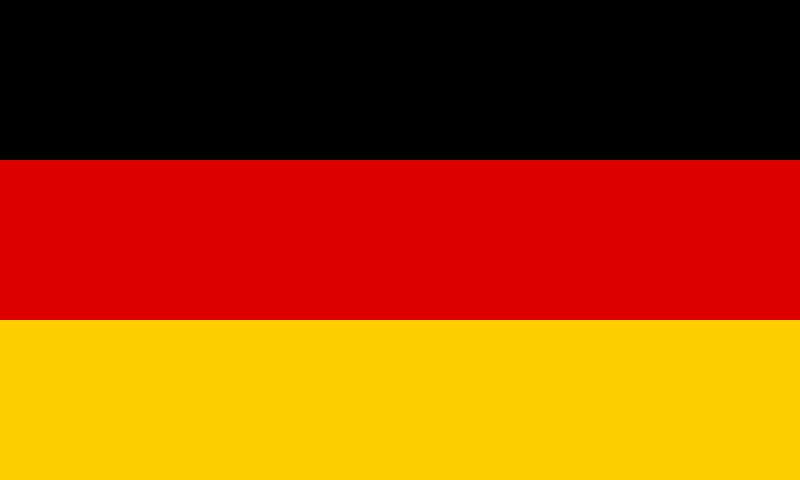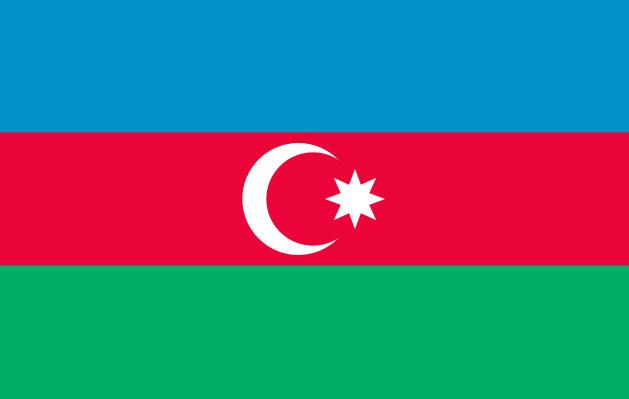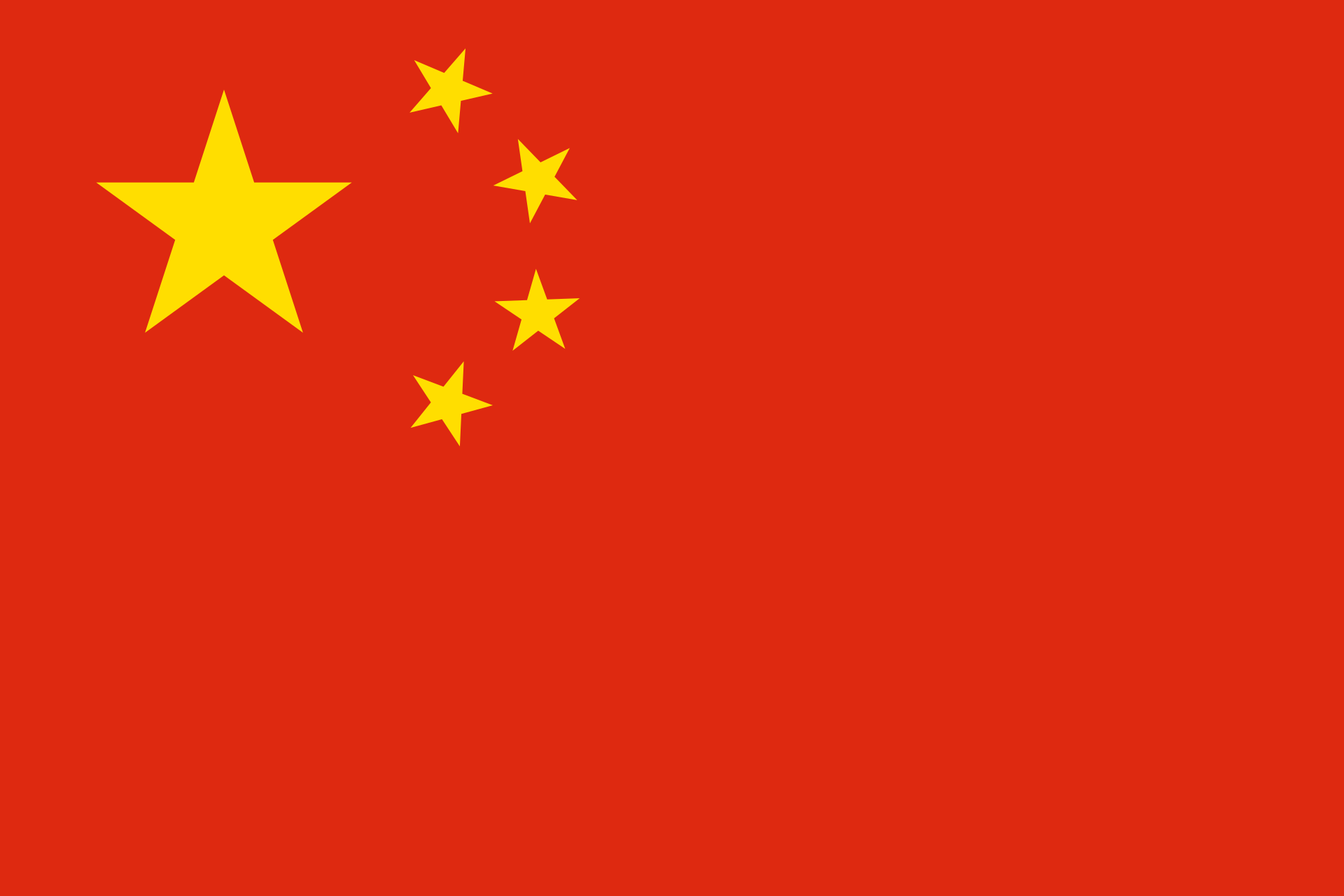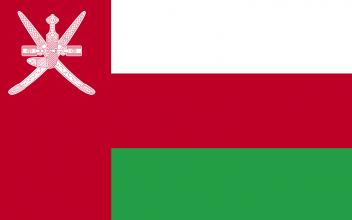Mongol Biyelgee, Mongolian traditional folk dance
© A. DuurenjargalThe Mongol Biyelgee – Mongolian Traditional Folk Dance is performed by dancers from different ethnic groups in the Khovd and Uvs provinces of Mongolia. Regarded as the original forebear of Mongolian national dances, Biyelgee dances embody and originate from the nomadic way of life. Biyelgee dances are typically confined to the small space inside the ger (nomadic dwelling) and are performed while half sitting or cross-legged. Hand, shoulder and leg movements express aspects of Mongol lifestyle including household labour, customs and traditions, as well as spiritual characteristics tied to different ethnic groups. Biyelgee dancers wear clothing and accessories featuring colour combinations, artistic patterns, embroidery, knitting, quilting and leather techniques, and gold and silver jewellery specific to their ethnic group and community. The dances play a significant role in family and community events such as feasts, celebrations, weddings and labour-related practices, simultaneously expressing distinct ethnic identities and promoting family unity and mutual understanding among different Mongolian ethnic groups. Traditionally, Mongol Biyelgee is transmitted to younger generations through apprenticeships or home-tutoring within the family, clan or neighbourhood. Today, the majority of transmitters of Biyelgee dance are elderly, and their numbers are decreasing. The inherent diversity of Mongol Biyelgee is also under threat as there remain very few representatives of the distinct forms of Biyelgee from different ethnic groups. Read more about this element on the UNESCO Intangible Cultural Heritage website.










